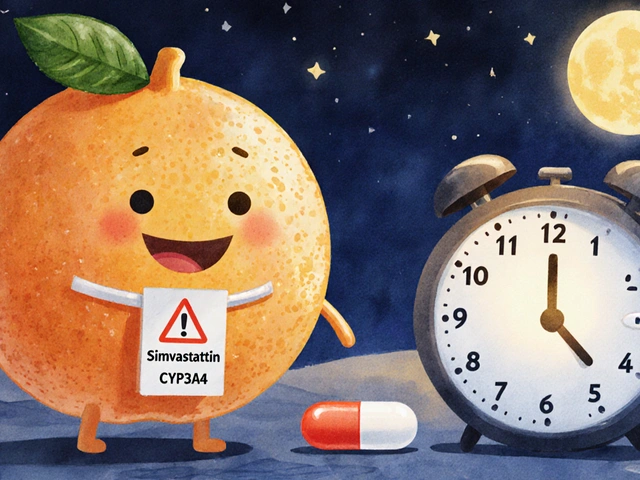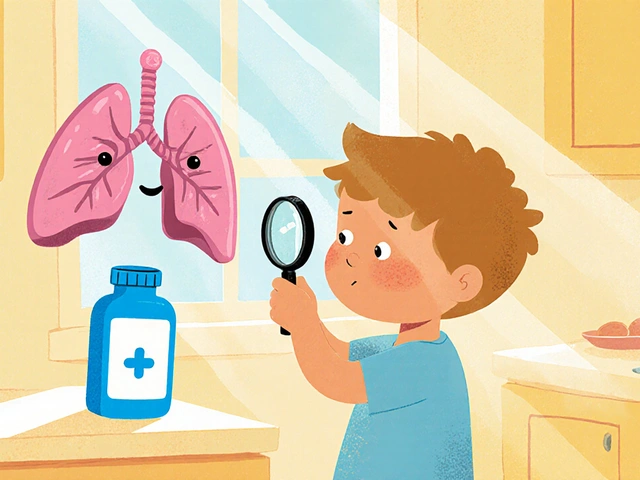Medical abortion: what it is and what to expect
Medical abortion means ending a pregnancy with medicines instead of surgery. Most commonly this involves two drugs (mifepristone and misoprostol) or misoprostol alone in some settings. If you’re reading about this, you probably want straight facts: how it works, what can go wrong, and how to get safe care. This page collects practical tips and links to deeper articles on our site so you can find reliable info fast.
How medical abortion works
Mifepristone blocks the hormone that keeps a pregnancy in place. Misoprostol makes the uterus contract and empty. Together they end an early pregnancy for most people. The process usually causes cramping and heavy bleeding for a few hours, then lighter bleeding for days to weeks. Timing matters: medical abortion is most effective in the first 10 weeks of pregnancy, but legal limits and medical guidance vary by location.
Before taking any medication, confirm the pregnancy and its age with a test or clinic. If you have an IUD, certain health conditions, or an ectopic pregnancy risk, a clinician needs to check you first. If you’re unsure where to start, look for local clinics, telemedicine services, or trusted reproductive health hotlines.
Safety, timing, and aftercare
Common side effects are cramping, heavy bleeding, nausea, and fever or chills for a short time. Serious complications are rare but can include ongoing heavy bleeding or an infection. Seek immediate care if you soak through two pads per hour for several hours, have a fever over 38°C (100.4°F) lasting more than 24 hours, fainting, or severe belly pain that doesn’t ease with pain relief.
Follow-up matters. Many clinics ask you to take a check-up test or confirm the abortion is complete after one or two weeks. If bleeding continues beyond a few weeks or pregnancy symptoms persist, contact your provider. Emergency rooms can handle urgent problems, and many telemedicine services can advise on non-urgent concerns.
Access and legality differ by country and region. Some places require a prescription or clinic visit, others allow telemedicine and mail-order pills. If cost or travel is an issue, search for local reproductive health organizations that offer sliding-scale fees or free services. Avoid unverified sellers on social media; use reputable clinics and pharmacies.
Want more detail? Read our article "Misoprostol vs Prostaglandin Analogs: Efficacy, Safety, and Key Differences" for drug-specific information. For help finding reliable online pharmacies and safety tips, check related guides on this site. If you need personal advice, contact a licensed clinician—online chat services can be a fast way to get initial guidance.
This tag page groups our posts about medical abortion, safe medication use, and aftercare. Use the links below the tag list to open full articles and decide what to read next. If you’re worried or in immediate danger, call emergency services right away.




